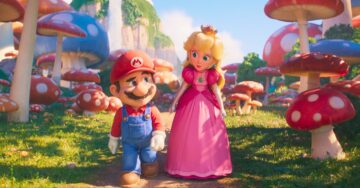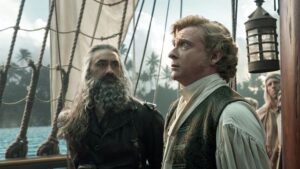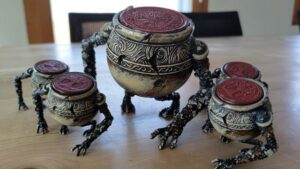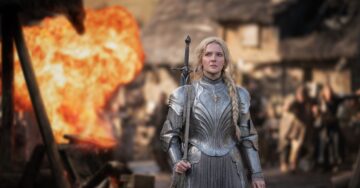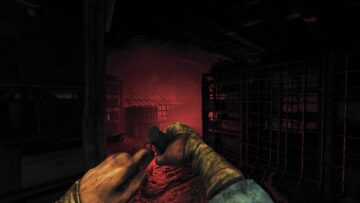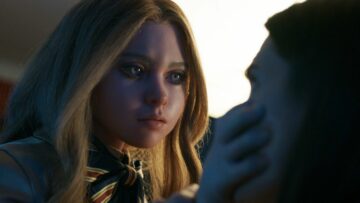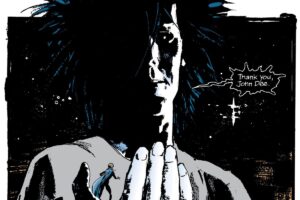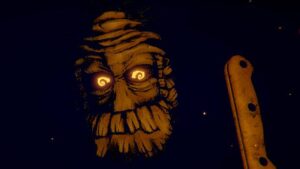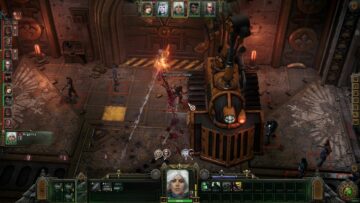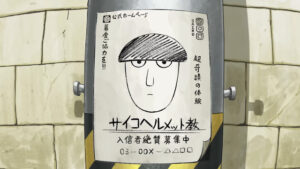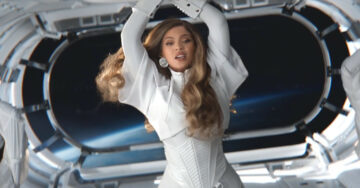When Disney Plus launched in 2019, it brought a vast library of Disney movies, shows, and shorts to streaming, but it didn’t include every single piece of Disney media out there. On Nov. 12, some of the lingering titles, like 2007’s Enchanted and the tie-in shorts Frozen Fever and Tangled Ever After, will hit the platform at long last. This also includes a collection of unaffiliated Disney short films, including two incredibly evocative shorts. Paperman and The Little Matchgirl aren’t the only previously unavailable Disney shorts being added to the service, but they’re standouts — beautiful projects that represent milestones for modern-era Disney.
Based on the Hans Christian Andersen fairy tale of the same name, The Little Matchgirl was originally made for a hypothetical Fantasia 2006 project that never solidified. It’s the last Disney project to be rendered in the company’s Computer Animation Production System (CAPS) — the digital ink-and-paint software responsible for the coloring of many of the studio’s traditionally animated films in the 1990s and early 2000s. CAPS became outdated in the mid-2000s, after several traditionally animated films, such as Treasure Planet and Atlantis: The Lost Empire, underperformed at the box office, causing Disney higher-ups to pivot the company’s focus. The studio’s next few traditionally animated Disney shorts, along with its feature film The Princess and the Frog, were created in Toon Boom Harmony, from Canadian company Toon Boom Animation.
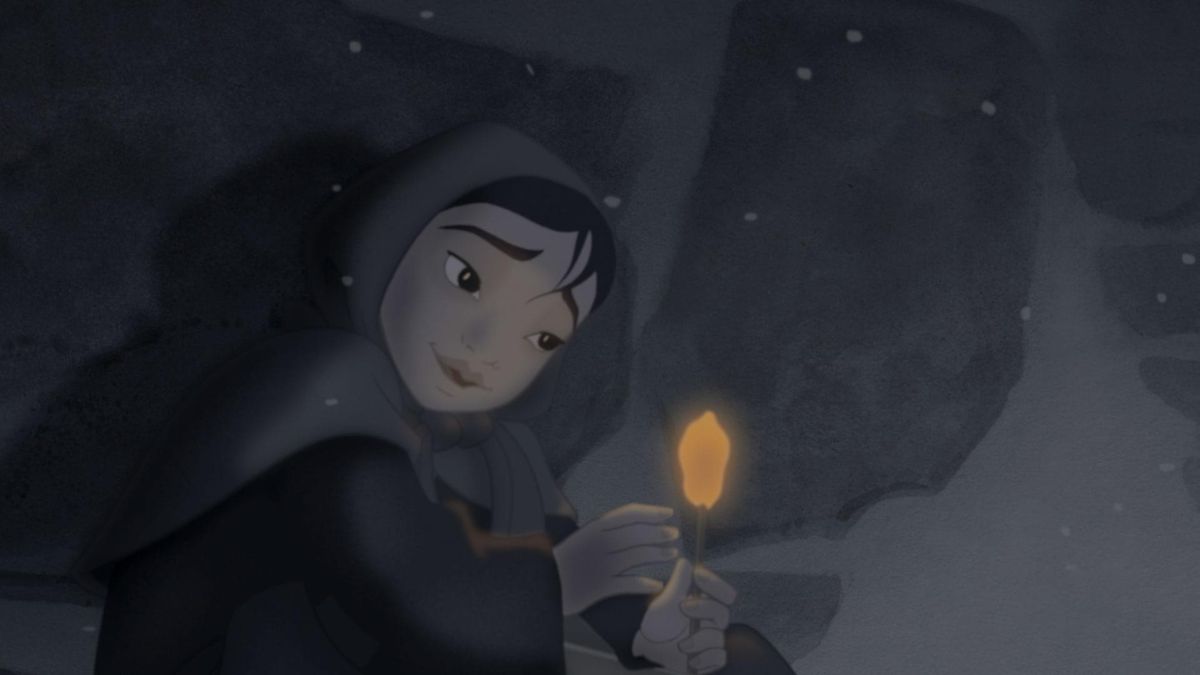
Like the Anderson short story it’s based on, The Little Matchgirl is bleak. A starving peasant girl tries to sell matches in the bitter cold of pre-Revolutionary St. Petersburg, rendered in dreary grey. Eventually, she resorts to lighting her own matches to keep herself warm. In the brief light of the matches, she sees visions of grand feasts and loving holiday celebrations, all in a swathing gold, before she finally sees her dead grandmother, who sweeps her off to heaven. Since it was originally created in the spirit of Disney’s Fantasia and Fantasia 2000, it’s wordless and set to classical music, specifically the third movement of Borodin’s “String Quartet No. 2”, which was chosen over Debussy’s “Claire de Lune” to evoke the Russian atmosphere.
The Little Matchgirl winds down a stylistic era for Disney, but the other short, Paperman, was made in a style that has yet to be replicated. Paperman is a modern fairy tale about missed connections, set in a city and along a train line. Like other Disney shorts, it has no dialogue, but unique to Paperman, the animation is entirely black and white, save for the occasional splash of red from lipstick.
Paperman is the first and still only Disney film to use its particular hybrid approach, specifically designed to combine the expressiveness of 2D animation with the solidity of 3D. In order to achieve this look, director John Kahrs sought out the expertise of software engineer Brian Whited, whose Meander software had caught his eye. Paperman marked Disney’s first use of the software, though it’s still used to a lesser extent to this day, usually for 2D-touches on CG films, like the colorful backgrounds during Maui’s song in Moana. Meander allows artists to directly draw on CG renders, bringing the distinct feel of an artist’s hand to a more mechanical CG appearance.
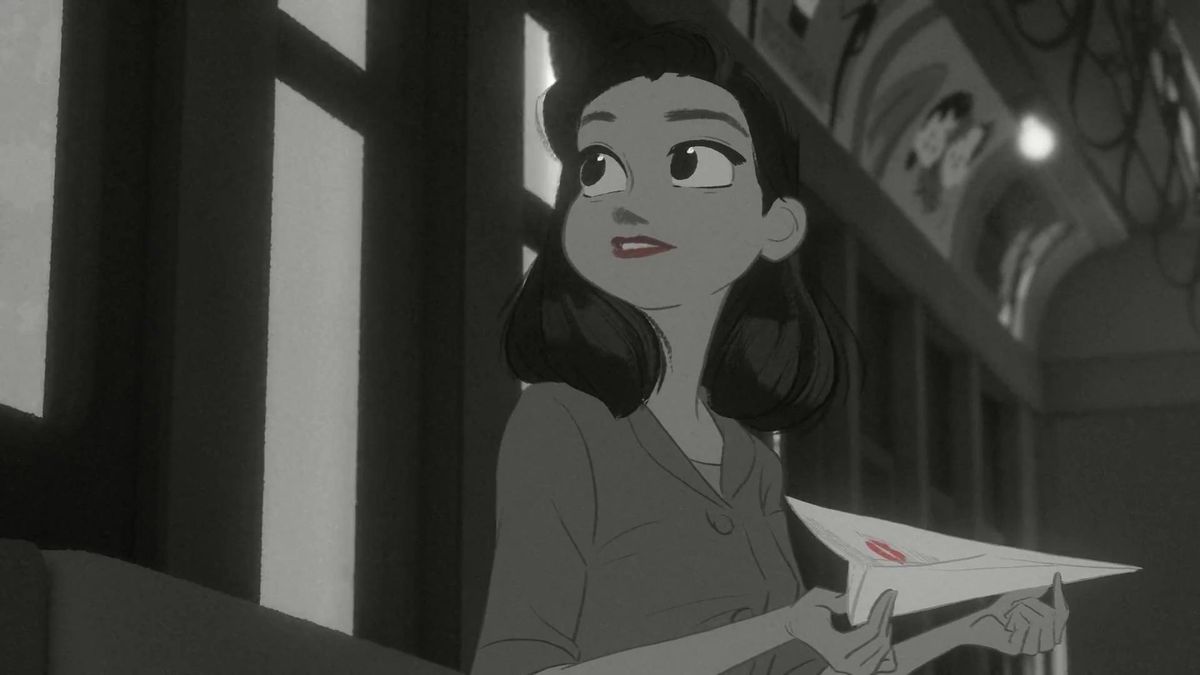
The process gives the characters a distinct look. The character design resembles some older Disney characters, like Roger Radcliffe from 101 Dalmatians, for instance, but with a depth to the lighting and a weight to the figures that mainstream animation has rarely been able to replicate. Disney hasn’t done a full feature in this style because, as former Disney animator Glen Keane told us back in 2020, it was “an expensive path.” (Though for those who just like the style, Netflix’s Klaus does impart a similar solidity on traditionally animated images.)
Paperman came out with Wreck-It Ralph, right at the beginning of the Disney Revival era, which brought Disney out of its post-Renaissance slump. The success of Wreck-It Ralph — and more importantly, Frozen — ultimately solidified the studio’s transition into CG, which left traditional animation as a relic, limited to shorts. Paperman and The Little Matchgirl will finally join other Disney shorts on the streaming service, including many from Disney’s in-house experimental programs, and take their place as key bridges between different eras of Disney animation.
Paperman and The Little Matchgirl debut on Disney Plus on Nov. 12.
Source: https://www.polygon.com/22775225/paperman-the-little-matchgirl-disney-plus
- "
- 2019
- 2020
- 3d
- Airplane
- All
- Andersen
- animated
- Animation
- Artists
- Atmosphere
- BEST
- Black
- boom
- Box
- box office
- Canadian
- caught
- City
- company
- Connections
- day
- dead
- Design
- digital
- Director
- Disney
- disney plus
- Early
- engineer
- expensive
- eye
- Feature
- Film
- films
- Finally
- First
- Focus
- full
- Gold
- Harmony
- holiday
- HTTPS
- Hybrid
- importantly
- Including
- IT
- join
- Key
- Library
- light
- Limited
- Line
- Long
- Mainstream
- Match
- Media
- Modern
- Movies
- Music
- order
- Other
- Paper
- Pivot
- platform
- Plus
- Polygon
- Process
- Production
- project
- projects
- responsible
- sees
- sell
- Service
- set
- Short
- shorts
- Software
- ST
- St. Petersburg
- streaming
- streaming service
- success
- The
- traditional
- unique
- us
- WHO
- woman

